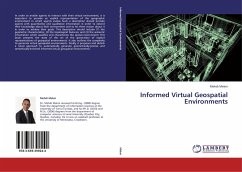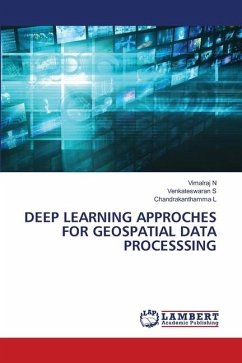In order to enable agents to interact with their virtual environment, it is important to provide an explicit representation of the geographic environment in which agents evolve. Such a description should provide agents with quantitative and qualitative information in order to extend their knowledge about their environment and to let them reason about it in order to achieve their goals. This description should include (1) the geometric characteristics; (2) the topological features; and (3) the semantic information which qualifies and characterize the spatial environment. This book presents the state of the art of the generation of explicit representations of geospatial environments. It also outlines the complexity to generate virtual geospatial environments. Finally, it proposes and details a novel approach to automatically generate geometrically-precise and semantically-enriched informed virtual geospatial environments.
Bitte wählen Sie Ihr Anliegen aus.
Rechnungen
Retourenschein anfordern
Bestellstatus
Storno








